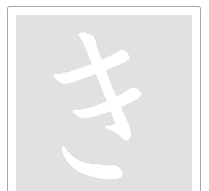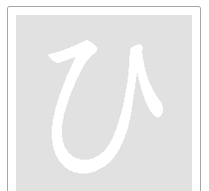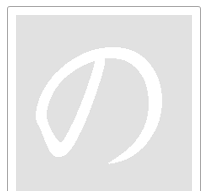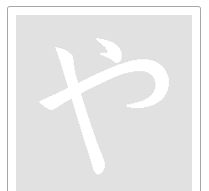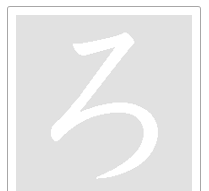 |
||||
 |
||||
Hiragana-6 In the rest of this Chapter you will learn the rest of the hiragana characters to complete its entirety. |
|||||||||||||||||||
|
き
く け
ki ku ke ぎ ぐ げ gi gu ge Now, compare the following three pairs of characters:
き and キ look similar and they both represent the sound ki indeed. While キ is formed with straight lines, き is soft and roundish like other hiragana characters. The final vertical bar in き does not finish at the lower end but continues on to another short horizontal bar. ぎ, which has two dots, is the voiced ki, i.e. gi. く is the hiragana equivalent to ク in katakana; hence, the ku sound. ぐ, with its two dots represents the gu sound, therefore. け is the hiragana equivalent to ケ in katakana, so it is pronounced ke. げ with its two dots, therefore, represents ge.
|
|
||||||||||||||||||
|
ひ
ふ へ ほ hi hu he ho ぴ ぷ ぺ ぽ pi pu pe po び ぶ べ ぼ bi bu be bo Compare the following four pairs of characters:
ひ is the hiragana equivalent to ヒ in katakana, so it is pronounced hi. ぴ
with its small circle becomes pi. び with its two dots represents bi. ふ is the hiragana equivalent to フ in katakana, so it is pronounced hu. Whether spelled hu (Nihon-style) or fu (Hepburn-style) on the computer, you will get the same ふ. ぷ with its small circle makes it pu. ぶ with its two dots makes it bu. へ in hiragana and ヘ in katakana look quite similar; rather, they are virtually identical. Indeed, they stand for the same he sound. The only point you should note, however, is that ヘ is used to represent the phrase-particle e for indicating a direction (See Lesson 28 of SUN2). This behavior is just like は, which is read wa when it is used as a phrase-particle; へ is a similar exception. ぺ, with its small circle, is pronounced pe. べ, with its two dots, is pronounced be. ほ is the hiragana equivalent to ホ in katakana, so it is pronounced ho. This character looks a little like は, but notice that there is one additional short horizontal bar at the top right. ぽ, with its circle, is pronounced po, therefore. ぼ, with its two dots, is pronounced bo.
|
|
||||||||||||||||||
|
の no This is how to draw the character の. It is composed of one stroke.
の is the hiragana equivalent to ノ in katakana. So, it stands for the no sound. |
|
||||||||||||||||||
| や ya
This is how to draw the character や. It is composed of three strokes.
や in hiragana and ヤ in katakana look similar, and they indeed represent the same sound, ya.
|
|
||||||||||||||||||
| ろ ro
This is how to draw the character ろ. It is composed of a single stroke.
ろ is the hiragana equivalent to ロ in katakana, representing the ro sound. |
|
||||||||||||||||||
| |
|||||||||||||||||||

